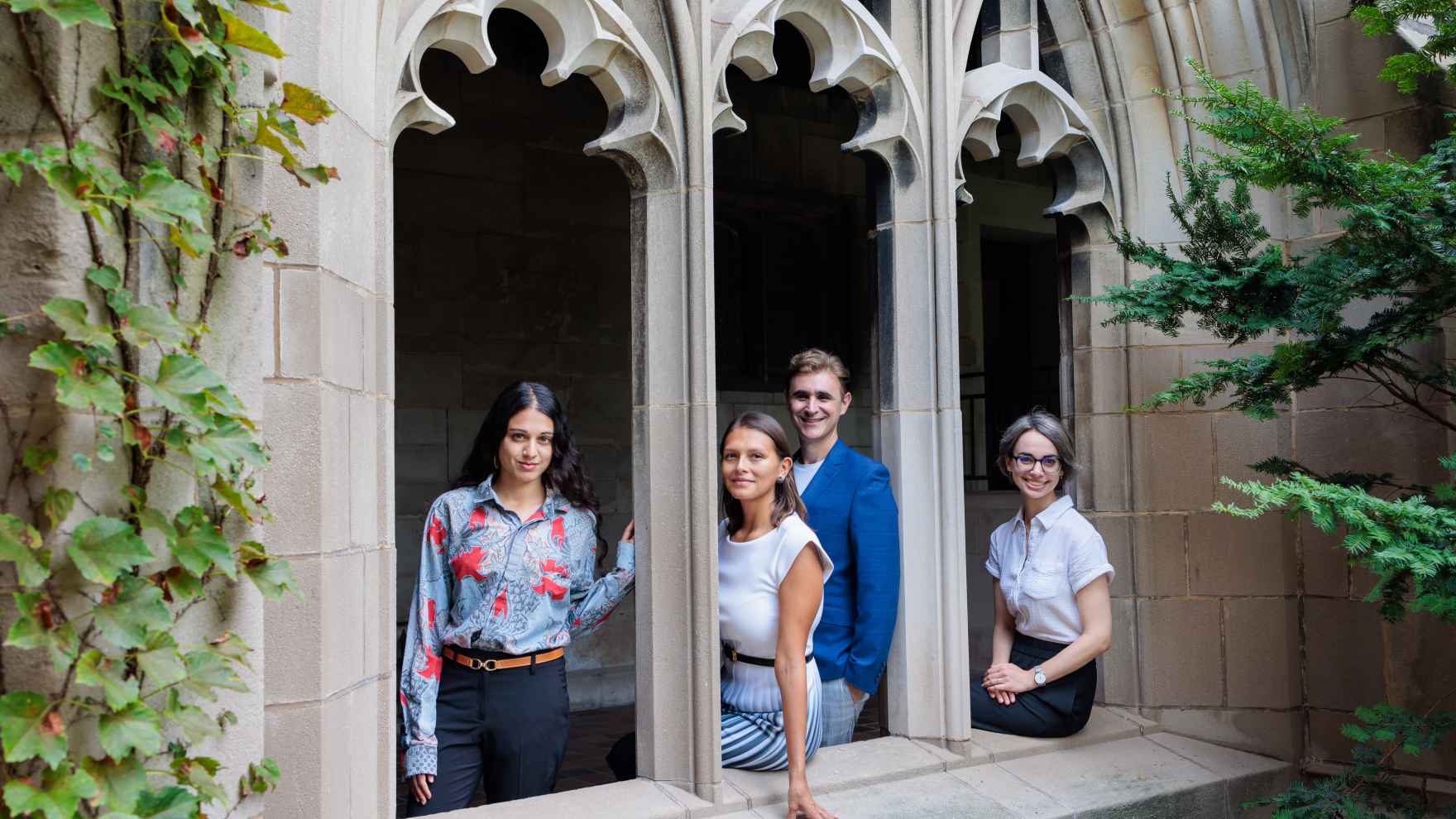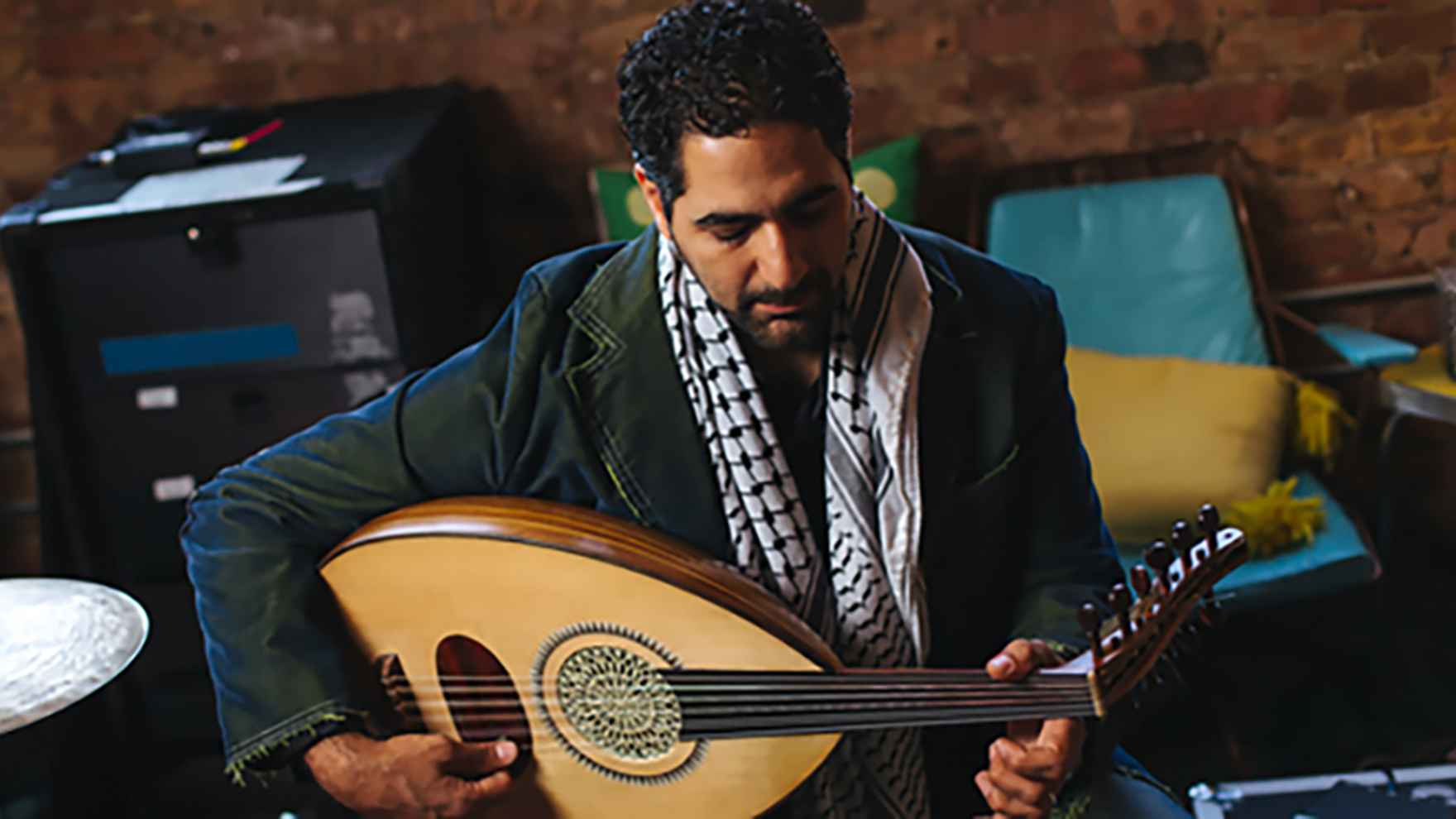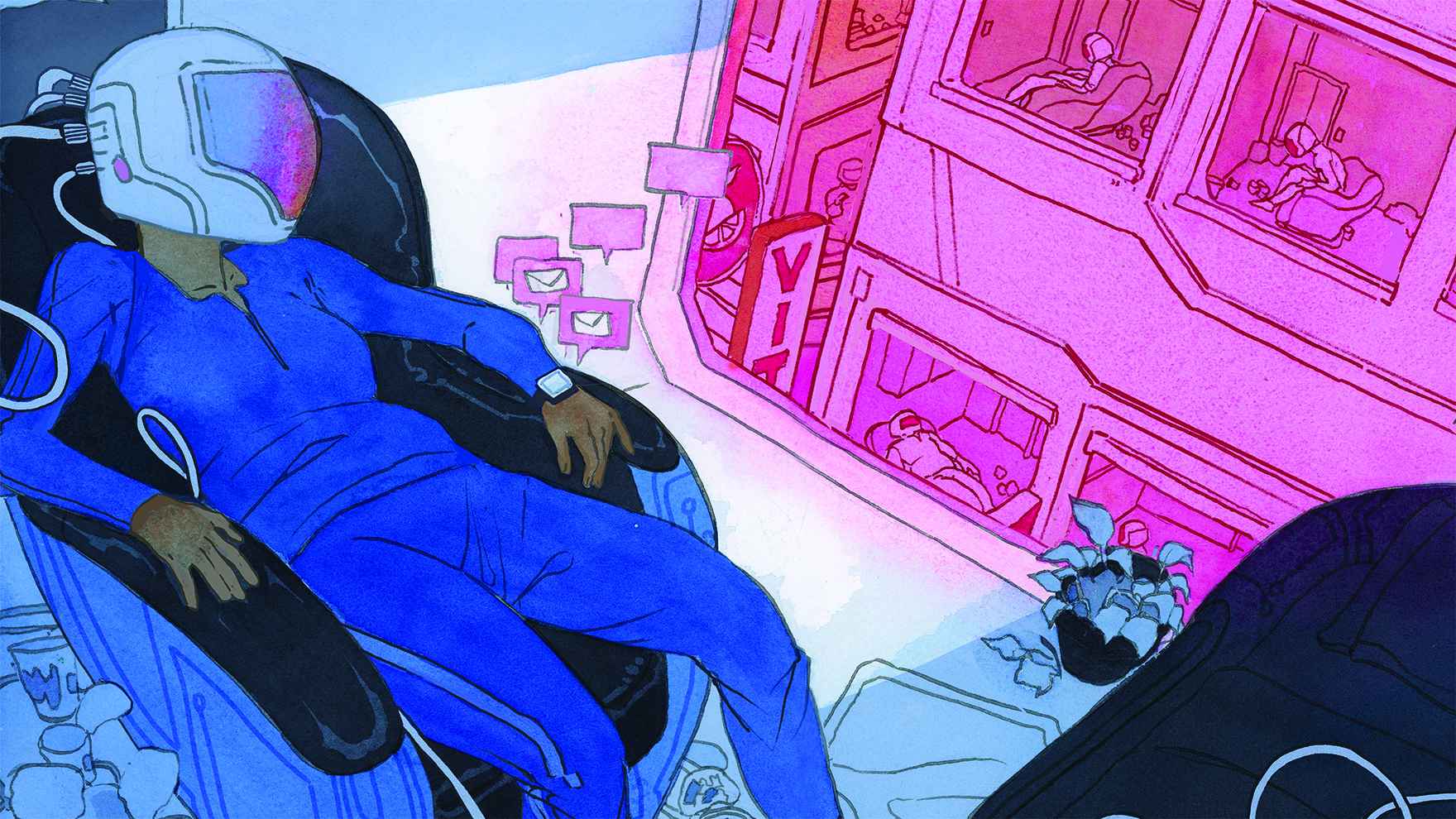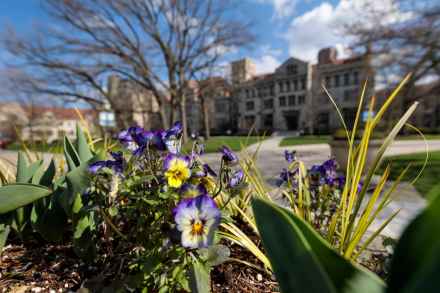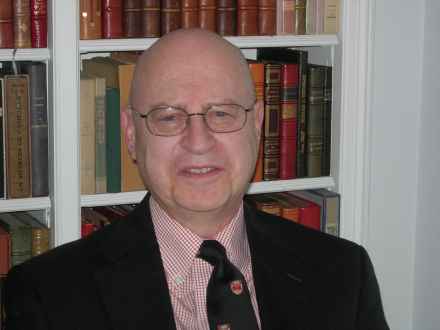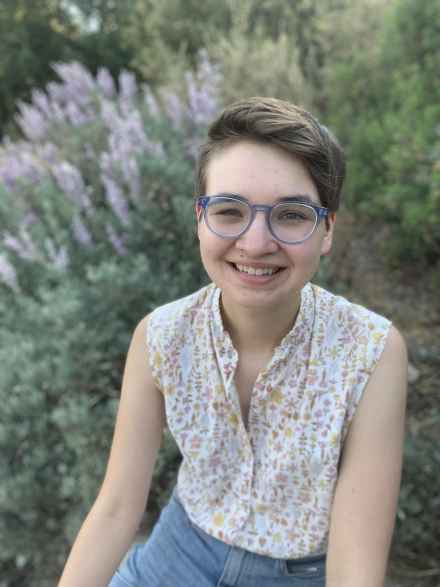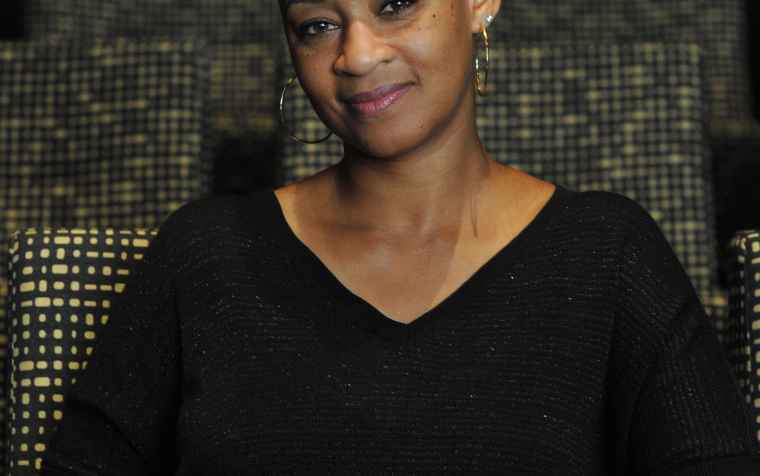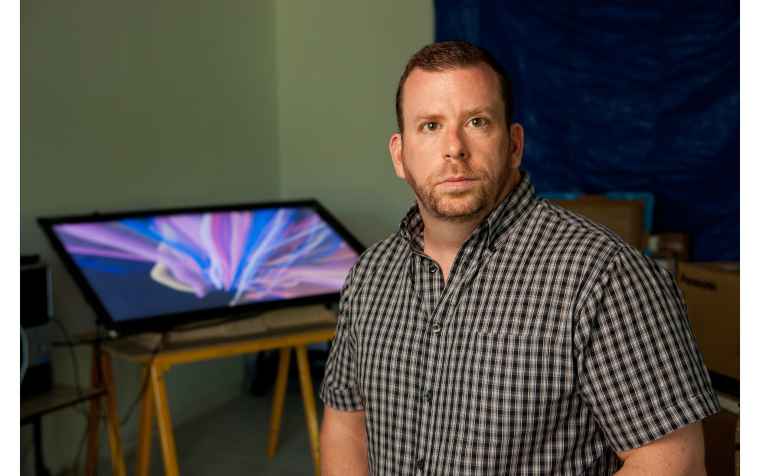University Announces 2022 Winners of the Quantrell and Graduate Teaching Awards
he transformative education that students experience at the University of Chicago begins with the teachers who inspire them.
The University annually recognizes faculty for exceptional teaching and mentoring of undergraduate and graduate students through the Llewellyn John and Harriet Manchester Quantrell Awards, believed to be the nation’s oldest prize for undergraduate teaching; and the Faculty Awards for Excellence in Graduate Teaching and Mentoring, which honor faculty for their work with graduate students. One Division of the Humanities faculty member, Julia Orlemanski (English Language and Literature), will receive the Quantrell Award on June 4. Three Division of the Humanities faculty members will receive the Award for Excellence in Graduate Teaching and Mentoring on June 3: Matthias Haase (Philosophy); Josephine McDonagh (English Language and Literature); and Megan Sullivan (Art History).
GSAS Awards Centennial Medals to Neil Harris and Robert Zimmer
At a ceremony on Wednesday, May 25, 2022, Harvard University’s Graduate School of Arts and Sciences (GSAS) awarded the Centennial Medal to Neil Harris, the Preston and Sterling Morton Professor Emeritus in the Department of Art History, and Robert Zimmer, PhD ’75, University Chancellor; President Emeritus, both of the University of Chicago.
Museums and libraries, shopping malls, art and design, illustrated children’s literature, world’s fairs, and P. T. Barnum are all institutions woven into the fabric of American life—and all have had the depth of their cultural significance brought to light by Neil Harris. An expert on visual and material culture, and a founder of the academic discipline of cultural history, Harris has shone a light on those who may not have been considered significant creators of culture but who in fact were responsible for many important historical developments in American society.
Kate Petroff, a Doctoral Student in Philosophy, Earns Freund Prize
Spencer Caro, ’23, and Kate Petroff, a UChicago graduate student in philosophy, each have been awarded an Ernst Freund Fellowship in Law and Philosophy to develop novel interdisciplinary research projects. Caro will draw on philosophical ideas from epistemology as well as law and statistics to argue for higher standards for scoring consumers’ creditworthiness. Petroff will advocate for a clearer definition of human exploitation in hopes of closing a gap that has stymied efforts to deal with human trafficking.
The fellowship, designed to encourage advanced law and philosophy scholarship among graduate students, was established in 2016 after Professor Martha C. Nussbaum, the Ernst Freund Distinguished Service Professor of Law and Ethics, donated a portion of the proceeds from her Kyoto Prize to the Law School and the University’s Department of Philosophy. The $5,000 award is typically given to either a law student or graduate student in philosophy, but this year the committee chose two recipients.
“We were delighted to have an unprecedented number of proposals, all of high quality, so the selection was difficult,” said Nussbaum, who was part of the selection committee, along with Brian Leiter, the Karl N. Llewellyn Professor of Jurisprudence. “Fortunately, an additional gift made it possible for us to give two prizes, and these two really stood out.”
Three UChicago Humanities Scholars Elected to the American Academy of Arts and Sciences in 2022
Seven members of the University of Chicago faculty, including three in the Division of the Humanities, have been elected to the American Academy of Arts and Sciences, one of the nation’s oldest and most prestigious honorary societies.
They include Profs. Christopher R. Berry, Raphael C. Lee, Peter B. Littlewood, Richard Neer (Art History), Sianne Ngai (English Language and Literature) and Esteban Rossi-Hansberg, and Prof. Emerita Wadad Kadi (Near Eastern Languages and Civilizations).
These scholars have made breakthroughs in fields ranging from condensed matter physics to biomedical engineering and the aesthetics of capitalism. They join the 2022 class of 261 individuals, announced April 28, which includes artists, scholars, scientists, and leaders in the public, nonprofit and private sectors.
